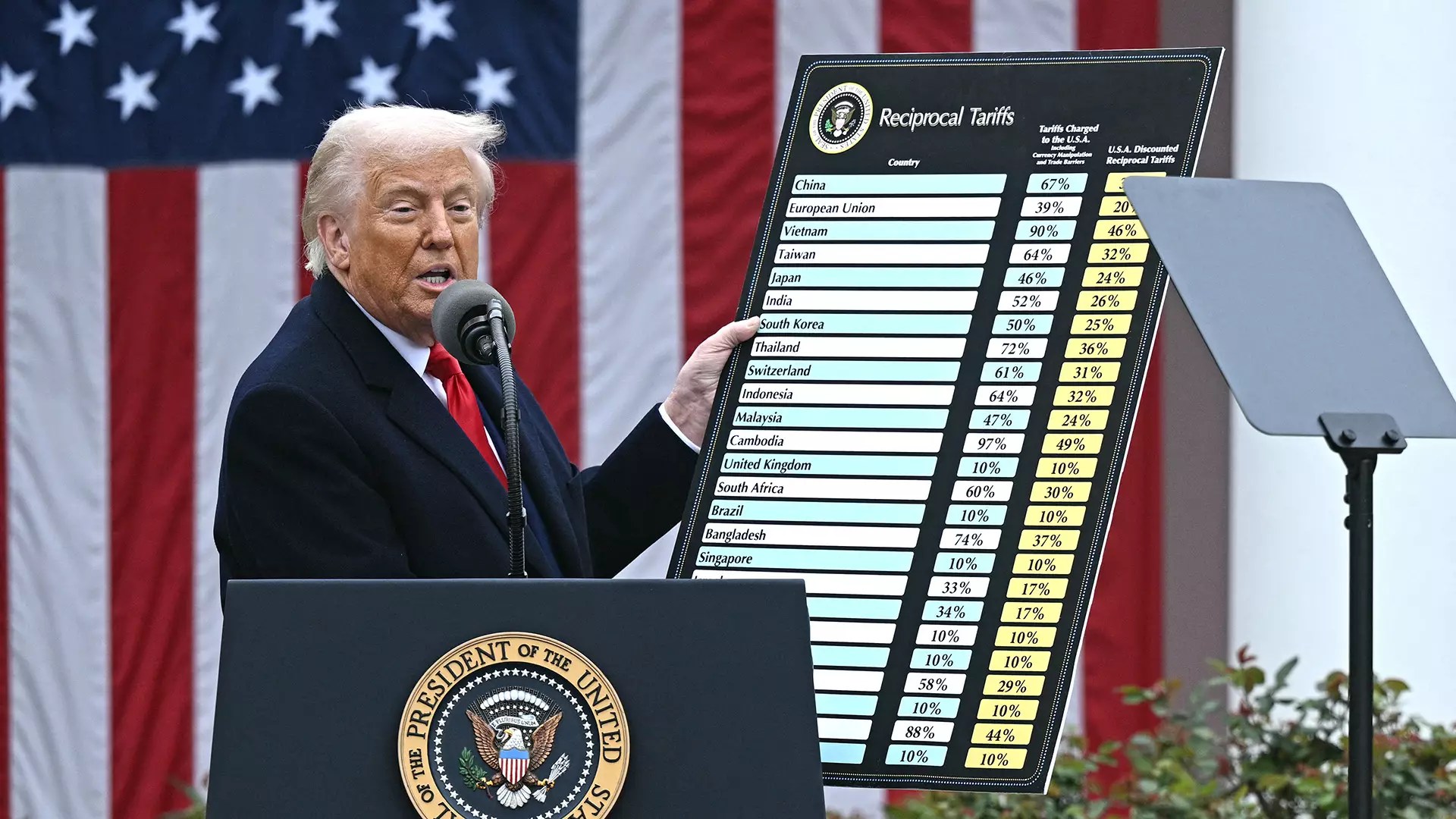In recent years, tariffs have evolved from mere economic tools into instruments of geopolitical strategy. Under the guise of protecting national security interests, policymakers wield tariffs to leverage global power dynamics, often causing ripple effects that reshape entire industries. The recent executive orders signed by Donald Trump exemplify this trend, where tariffs are not just economic measures but political signals aimed at exerting pressure on foreign nations. These tariffs, called “reciprocal,” are often presented as responses to perceived unfair trade practices, but at their core, they demonstrate a desire to reshape international economic relations in America’s favor.
By framing trade deficits as threats to national security, policymakers elevate economic disagreements to matters of sovereignty and security, thus justifying aggressive tariff policies. While these measures aim to incentivize domestic manufacturing, they risk fostering retaliation and economic deceleration. Countries like Syria, Myanmar, and Laos are immediately affected, but the true target—especially regarding semiconductors—appears to be China, Taiwan, and other key competitors. These tariffs serve a dual purpose: to protect fragile domestic industries and to send a provocative message to those who challenge U.S. economic supremacy. Such actions may fortify political narratives domestically, but they threaten to spiral into a global trade war that could destabilize complex international supply chains.
Semiconductors: The Crucial Frontline of Geopolitical Tensions
Semiconductors are arguably the most strategically vital commodities in the modern era. They underpin everything from smartphones to military hardware, making control over their production a matter of national importance. The executive order’s nuance of potentially exempting Taiwanese chips reveals the delicate balancing act at play. Taiwan, a global semiconductor powerhouse, holds the lion’s share of the world’s chip manufacturing capacity, which makes it a prime target for trade tensions. An outright tariff on Taiwanese semiconductors could disrupt global supply chains, drive up costs, and slow technological advancement.
However, the mention of possible negotiations over chip tariffs suggests that economic diplomacy remains viable amidst these aggressive policies. Still, the uncertainty surrounding exemptions fuels anxiety across industries relying on Taiwanese technology. Rising tariffs on semiconductors, even if temporarily avoided, threaten to hamper innovation, increase costs for manufacturers, and, ultimately, push consumers to bear the brunt. The U.S. response—building more domestic fabrication facilities like TSMC’s plants in Arizona—aims to break dependency but is an enormous and costly undertaking. The transition to domestic production may reduce reliance on foreign supply but will not replace the massive capacity that Taiwan currently provides overnight. The risk of higher prices and less access to cutting-edge chips looms large, particularly impacting sectors like gaming hardware, data centers, and military applications.
Economic Nationalism Versus Global Collaboration
The narrative surrounding tariffs often centers on economic nationalism—prioritizing domestic industries over international cooperation. While this philosophy aims to cultivate a resilient manufacturing base, it neglects the interconnected nature of today’s global economy. The cost of erecting trade barriers is not merely economic but reputational. Countries react in kind, establishing their own tariffs or restrictions, which can spiral into a protectionist freeze that stifles innovation and competitiveness.
Furthermore, the chaotic implementation and fluctuating tariff rates create an environment of unpredictability. U.S. hardware manufacturers, caught between conflicting policies, are forced to navigate uncertain waters, sometimes pausing shipments or shifting production strategies. While efforts like TSMC’s ongoing expansion in the U.S. represent a strategic move toward independence, they are not a panacea. The global supply chain’s complexity makes localized manufacturing insufficient to meet America’s insatiable demand for advanced chips.
The core issue lies in the inherent tension between economic self-sufficiency and open innovation. High tariffs may temporarily shield domestic industries but tend to hinder technological progress by limiting access to foreign expertise and components. If the U.S. continues down this protectionist path without fostering genuine international collaboration, it risks isolating itself from the global innovation ecosystem, ultimately weakening its leadership position in technology and industry.
The Future of Trade, Technology, and National Power
As tariffs become an increasingly prominent tool of political strategy, their long-term implications for industry and innovation remain uncertain. While they may offer short-term gains in protecting certain sectors, their broader effect could be detrimental. A world fragmented by tariffs and trade restrictions resembles a landscape where technological progress slows and costs rise for consumers and industries alike.
The ongoing debate about exemptions, negotiations, and the scope of tariffs reveals an underlying truth: economic warfare is a double-edged sword. When used assertively, it might strengthen certain sectors temporarily, but it can also diminish the United States’ global standing and ability to lead in innovation. The delicate balance between safeguarding national interests and fostering open markets must be navigated with foresight and strategic diplomacy.
In the end, tariffs symbolize more than trade disagreements—they reflect a larger struggle for dominance in the digital age. For all the rhetoric about protecting jobs and industries, the real prize is technological supremacy. As the world watches, the choices made now will determine whether the U.S. can sustain its innovative edge or fall behind as other nations forge ahead under a new world order dictated by tariffs and economic nationalism.


Leave a Reply